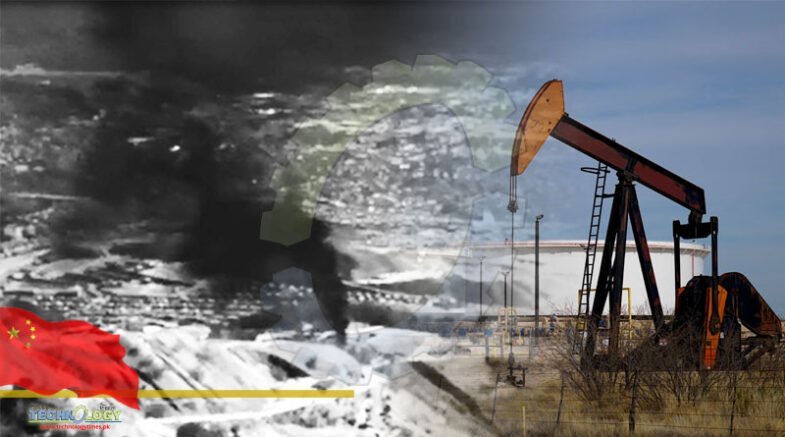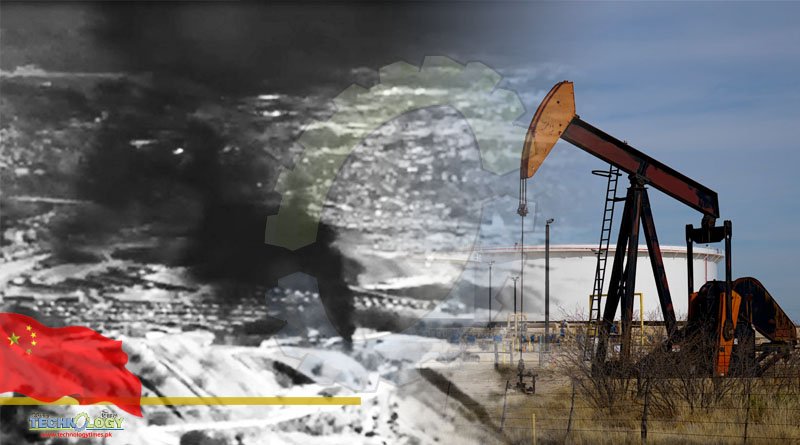The dramatic increase of natural gas use in China, as a substitute for coal, helps to reduce CO2 emissions and air pollution, but the climate mitigation benefit can be offset by methane emissions into the atmosphere.

The dramatic increase of natural gas use in China, as a substitute for coal, helps to reduce CO2 emissions and air pollution, but the climate mitigation benefit can be offset by methane gas emissions into the atmosphere.
A recent scientific study published at the Nature finds that estimated methane emissions over the north-eastern China region contributes the largest part of the methane gas emission growth rate of China and is largely attributable to the growth in natural gas use.
The results provide evidence of a detectable impact on atmospheric methane observations by the increasing natural gas use in China, and call for methane emission reductions throughout the gas supply chain and promotion of low emission end-use facilities.
The study reveals using methane gas emissions from 2010 to 2018 in four regions of China using the GOSAT satellite data and in-situ observations with a high-resolution inverse model and analyze inter-annual changes of emissions by source sectors.
Over the last decade, natural gas has become the fastest-growing fossil energy in China as a result of coal-to-gas switch action to reduce air pollution and carbon dioxide (CO2) emissions. The natural gas consumption increased dramatically from 108.5 billion standard cubic meters (bcm) in 2010 (4% of primary energy consumption) to a record level of 306.4 bcm in 2019 (8.1% of primary energy consumption), and it will keep increasing according to China’s energy plan.
The share of gas in the energy mix of China is expected to reach 15% by 2030, while coal and oil consumption will decline. Domestic production of natural gas has increased approximately twofold from 94.8 to 176.2 bcm, and the imported natural gas also increased dramatically.
Methane (CH4) is the primary component of natural gas and the second most important anthropogenic greenhouse gas after CO2 with an estimated 20-year global warming potential 84–86 times greater than CO2. Oil and natural gas production is one of the major sources of CH4 in the atmosphere.
The methane gas emissions leakage rate from natural gas upstream (extraction and gathering, processing, transmission and storage, distribution) and end-use combustion to the atmosphere is the key factor determining climatic advantage of the coal-to-gas shift.
Source: Nature
